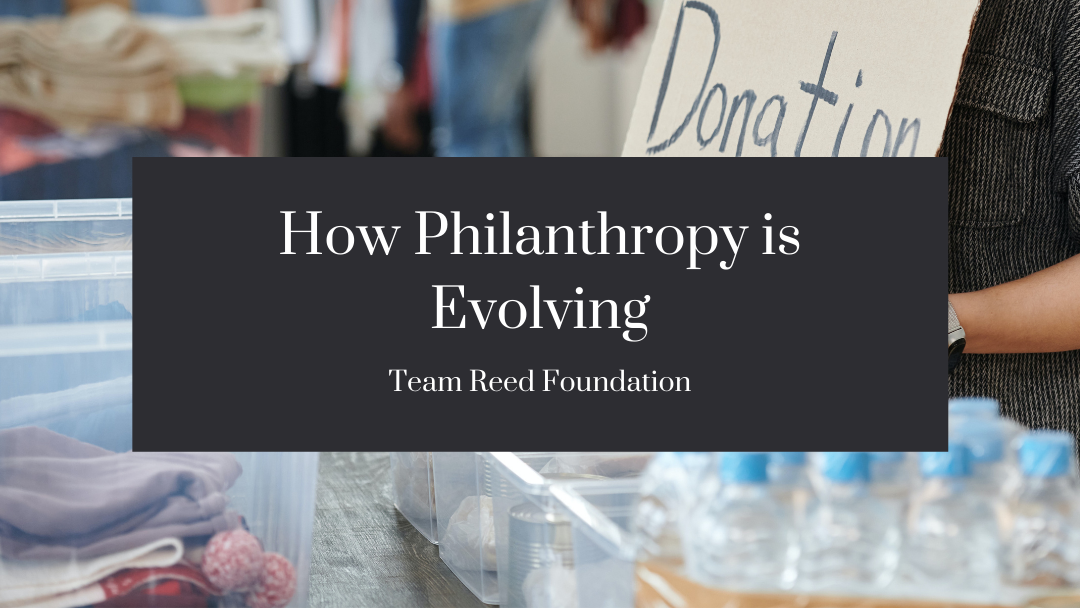The philanthropy landscape is changing and shifting, for the better. Both in the way donors see philanthropy and approach giving are evolving as the world around us becomes more complex. As the nature of giving shifts, philanthropists and other givers have found that worthy causes are becoming more diverse and inclusive. The following is how philanthropy is evolving for the better.
Donor Giving
Today, donors are more focused on transparency and the attitudes toward wealth which affects their approach to philanthropy. With the use of technology, giving back is much more results-focused. Donors are better able to see nonprofit effectiveness, which makes them more likely to donate their wealth. Technology makes researching and giving to charities much more simple and accessible, making it easier to give back.
A New Generation
As more millennials and even Gen Zs are able to give back and become more involved with philanthropy, the ways and attitudes of giving have shifted. Younger generations think much differently than the Baby Boomers generation, especially when it comes to charitable giving. It’s been found that millennials approach philanthropy with a more global, social, and inclusive view and are much more optimistic about making an impact on the world. Millennials are also more influenced by the trends in giving back.
Problem-solving Strategies
Instead of mostly looking to those affected by the issues to find a solution, many are looking to social entrepreneurs to create innovative ideas for more impactful solutions. It’s been found that only 40 percent believed those ideas would come from people that are directly affected by the work. People are looking to social entrepreneurs to make a larger impact and enact change. Instead of looking to larger institutions for solutions, donors are shifting and broadening their views. They’re relying more on nonprofits and public-private partnerships to develop solutions.
Abandoning Quick Fixes
Philanthropy has had a long history of giving a man a fish instead of teaching him how to fish. In other words, charities often focused on quick fixes instead of long-term solutions. Today, donors believe that philanthropists and nonprofits should continue with an initiative, even if it takes longer than what they’re prepared for. For example, nonprofits and other corporations looking to give back chose a quick fix of giving people in a third-world country new shoes. However, this ended up doing more harm than good because it hurt the community by putting a lot of local shoemakers out of business.
Instead of focusing on a quick solution, nonprofits and philanthropists are now looking to find better ways to enact long-term change.

